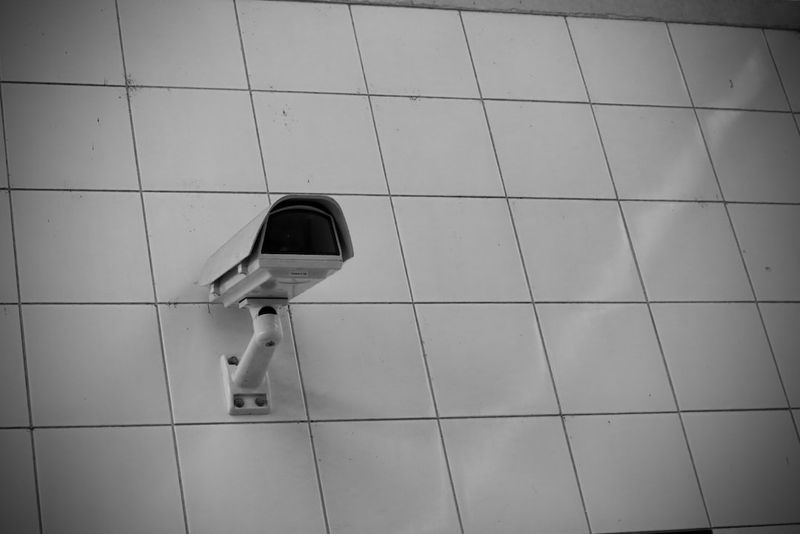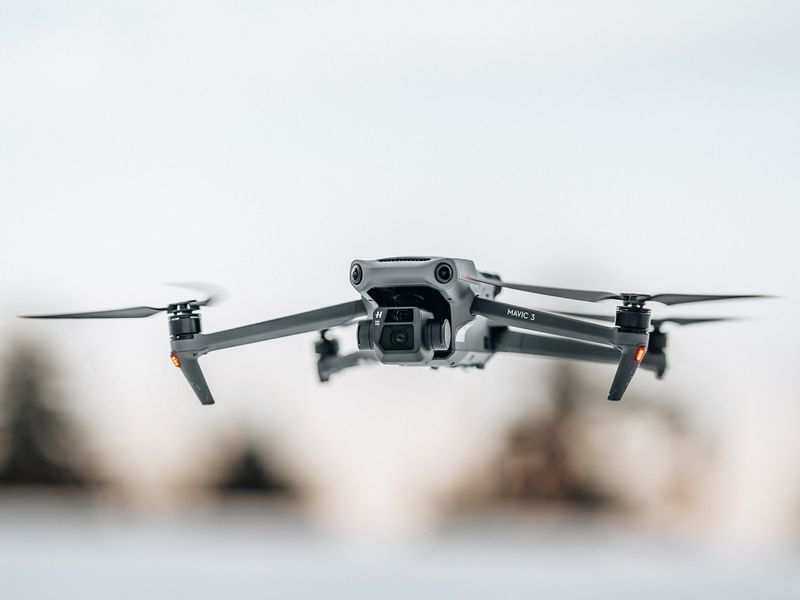Cyberattack on Johnson Controls Raises Concerns about Physical Security Information
Overview
In a recent cyberattack on Johnson Controls International (JCI), which serves as a government contractor providing manufacturing services such as HVAC, fire, and security equipment, officials at the Department of Homeland Security (DHS) are now investigating whether sensitive physical security information has been compromised. The attack is believed to be a ransomware attack, and concerns have been raised regarding the potential access to classified/sensitive contracts for DHS that depict the physical security of many DHS facilities. With a potential government shutdown looming, the incident is not only a security issue but also a time-sensitive one.
Potential Impact on Physical Security
The potential impact of this cyberattack on physical security is a matter of significant concern. Johnson Controls’ role as a government contractor means that they may have stored DHS floor plans and security information tied to contracts on their servers. If this information has been accessed and compromised, it could pose a significant risk to the security of DHS facilities. The exact extent of the breach and the information accessed is still unclear, but until further notice, it is important to assume that sensitive information may have been compromised.
The Risk of Ransomware Attacks
The rise of ransomware attacks has become a troubling trend, with cybercriminals going deeper into victims’ systems to deal a more crippling blow. These attacks have not spared government agencies, as highlighted by this incident. The ability of cybercriminals to breach even well-established organizations like Johnson Controls raises questions about the effectiveness of cybersecurity measures across the board.
The Importance of Cybersecurity Safeguards
This incident brings into question the security of third-party suppliers and contractors, as well as the need for federal agencies to bolster their cybersecurity safeguards. President Biden’s executive order in 2021, which called for federal agencies to enhance their cybersecurity measures, is a step in the right direction. However, incidents like this stress the urgency of implementing comprehensive security measures and investing in robust cybersecurity infrastructure.
Concerns around a Potential Government Shutdown
The timing of this cyberattack is particularly worrisome due to the potential government shutdown that looms. If a shutdown occurs, more than 80% of the Cybersecurity and Infrastructure Security Agency (CISA) workforce would be furloughed, heightening the risk of cyberattacks across the nation’s software supply chain. This could have severe consequences for critical infrastructure, making immediate action and collaboration between government agencies and contractors even more crucial.
Editorial: Strengthening Cybersecurity in an Interconnected World
The Growing Threat Landscape
The cyberattack on Johnson Controls is yet another reminder of the growing threat landscape that both private organizations and government agencies face. As cybercriminals become more sophisticated and target critical infrastructure, it is imperative that cybersecurity measures keep pace with these evolving threats.
The Interdependence of Cybersecurity
This incident highlights the interdependence of cybersecurity among government agencies and their contractors or third-party suppliers. A weak link in the chain can have far-reaching consequences, potentially compromising sensitive information and exposing vulnerabilities in physical security.
The Role of Government and Private Sector Collaboration
To effectively combat cyber threats, there must be a strong collaboration between government agencies and the private sector. This partnership should involve sharing information, conducting rigorous audits of security measures, and supporting each other in enhancing cybersecurity infrastructure. The potential government shutdown adds urgency to this collaboration, as immediate action is necessary to protect critical infrastructure.
Investing in Cybersecurity
As incidents like this continue to occur, it is clear that organizations must prioritize investing in robust cybersecurity measures. This means allocating resources to regularly update security infrastructure, staying informed about emerging threats, and training employees on best practices for avoiding cyberattacks. Governments and private organizations need to view cybersecurity as an essential aspect of their operations and budget accordingly.
Advice: Safeguarding Against Cyber Threats
Implement Strong Security Measures
Organizations, whether they are government agencies or private companies, must prioritize implementing strong security measures. This includes comprehensive firewall systems, regular software updates, multi-factor authentication, encryption protocols, and employee training on cybersecurity best practices.
Regularly Assess and Monitor Cybersecurity Infrastructure
Regular assessments and monitoring of cybersecurity infrastructure are necessary to identify vulnerabilities and respond swiftly to potential threats. Automated systems for threat detection can be invaluable in identifying anomalous activities and securing sensitive information.
Collaborate with Government Agencies and Third-Party Suppliers
Organizations in the public and private sectors must collaborate closely with government agencies and third-party suppliers. Sharing information about potential threats, conducting regular audits of security measures, and establishing clear guidelines for cybersecurity practices are essential to strengthen overall cyber resilience.
Invest in Employee Education and Awareness
Employees play a critical role in maintaining cyber resilience. By investing in education and awareness programs, organizations can empower their workforce to recognize and respond to potential threats effectively. Regular training sessions and simulated cyberattack exercises can also help improve the overall cybersecurity posture.
Prioritize Rapid Response and Recovery Plans
In the event of a cyberattack, organizations must have well-defined response and recovery plans in place. These plans should include steps for identifying the extent of the breach, isolating affected systems, notifying appropriate stakeholders, and restoring operations as quickly as possible. Regular testing and updating of these plans are crucial to adapt to evolving threats.
In an interconnected world, the threat of cyberattacks on critical infrastructure and sensitive information continues to grow. Organizations, governments, and individuals must remain vigilant and proactive in strengthening their cybersecurity defenses. The incident involving Johnson Controls serves as a grave reminder of the potential consequences of lax cybersecurity measures, urging us to prioritize and invest in robust security infrastructure, collaborative partnerships, and a culture of cybersecurity awareness.

<< photo by kat wilcox >>
The image is for illustrative purposes only and does not depict the actual situation.
You might want to read !
- US State Department Faces Looming Cybersecurity Crisis, GAO Report Reveals
- AWS Partners with MadPot to Counter APTs and Botnets, Revolutionizing Cybersecurity
- The Rising Threat: ASMCrypt Malware Loader Evading Detection
- The Rising Costs of Physical Security Incidents: Implications for Global Companies
- The Hidden Risks of Axis Door Controllers: Bridging the Gap Between Physical and Cybersecurity
- Exploring the Implications of Eagle Eye Networks and Brivo’s $192M Investment in Cloud Physical Security
- The Essential Role of Human Intervention in Cybersecurity Management
- Battling Dark Espionage: Unveiling a Rare iOS Exploit Chain Targeting Egyptian Organizations
- Johnson Controls: Battling Ransomware Attacks and Enhancing Cybersecurity Measures
- The Lingering Threat: Analyzing the Impact of the Cyberattack on Johnson Controls International




